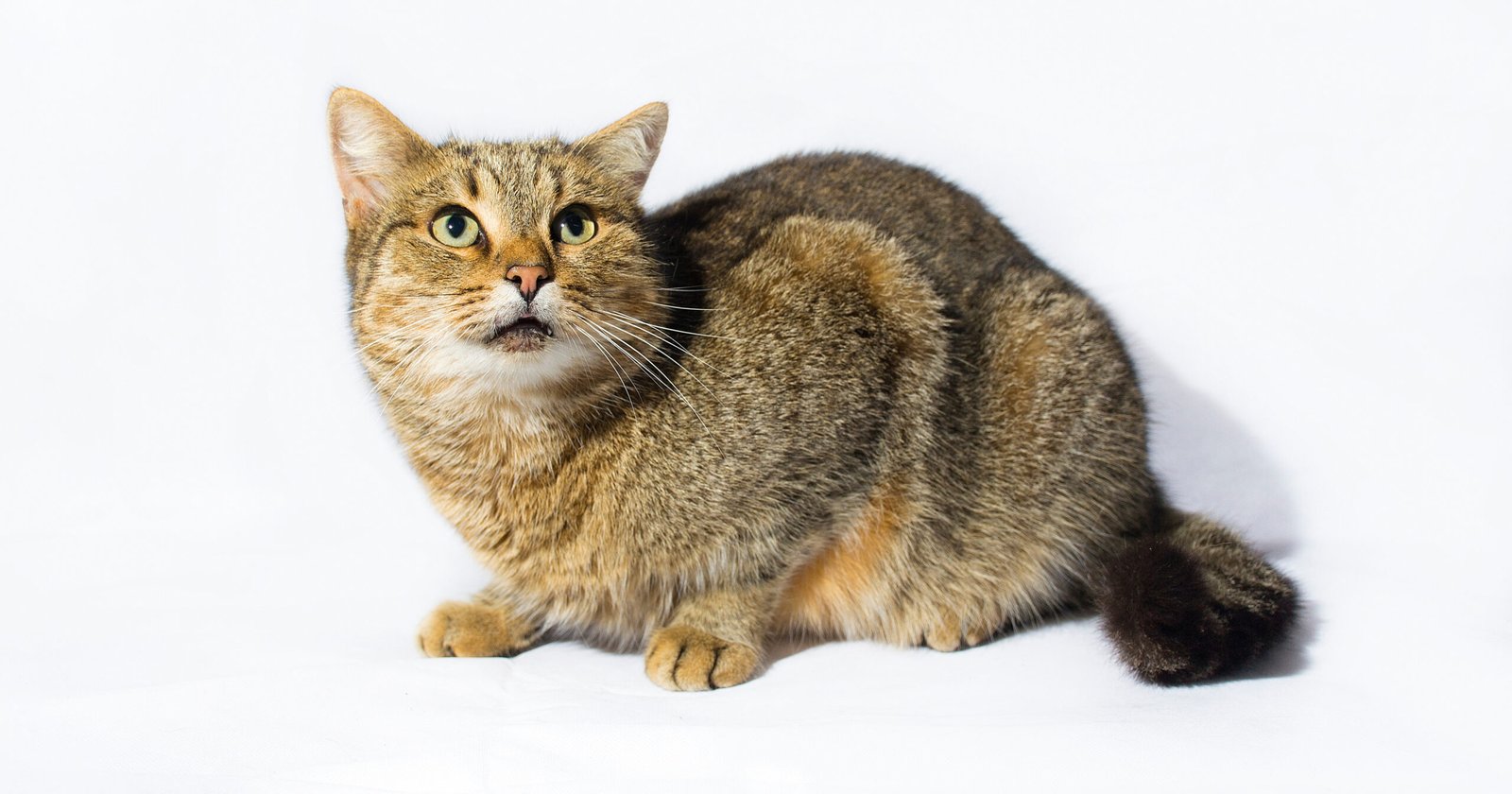In the realm of feline health, stress has emerged as a significant concern, with the potential to trigger a debilitating condition known as Pandora syndrome. This guide delves into the intricate relationship between stress and Pandora syndrome, exploring the causes, symptoms, and effective management strategies for this complex feline ailment.
Stress, an inevitable part of a cat’s life, can stem from various sources, including environmental changes, social interactions, and medical conditions. Understanding the triggers that evoke stress responses in cats is crucial for devising effective preventive measures and ensuring their well-being.
Define Stress and Pandora Syndrome
Stress is a normal response to challenging or threatening situations, and it can manifest in cats just as it does in humans. When a cat experiences stress, its body releases hormones like cortisol and adrenaline, which can cause physiological and behavioral changes.
These changes can include increased heart rate, dilated pupils, increased muscle tension, and changes in appetite and sleep patterns.
Pandora syndrome is a condition that can develop in cats that have experienced chronic stress. The symptoms of Pandora syndrome can vary, but they often include changes in behavior, such as increased aggression, anxiety, and fearfulness. Cats with Pandora syndrome may also have difficulty sleeping, eating, and grooming themselves.
The exact link between stress and Pandora syndrome is not fully understood, but it is thought that chronic stress can lead to changes in the brain that make cats more susceptible to developing the condition.
Identifying Stress Triggers in Cats

Cats, being sensitive creatures, are prone to experiencing stress from various sources. Understanding the potential triggers that can induce stress in cats is crucial for providing a supportive and stress-free environment.
Stressors can be categorized into three main groups: environmental, social, and medical. Recognizing the signs of stress in cats is equally important to address the underlying triggers effectively.
Environmental Triggers
- Changes in routine or environment (e.g., moving, new furniture)
- Loud noises (e.g., construction, fireworks)
- Lack of hiding places or vertical space
- Overcrowding or isolation
li>Unclean litter boxes
Social Triggers
- Introductions of new pets or people
- Conflicts with other cats
- Lack of socialization
- Negative interactions with humans (e.g.,
punishment, rough handling)
Medical Triggers
- Underlying health conditions (e.g., pain, illness)
- Medication side effects
- Changes in diet or appetite
- Lack of exercise
Signs of Stress in Cats
Observing changes in a cat’s behavior can provide valuable insights into their stress levels.
Common signs of stress in cats include:
- Hiding or avoiding contact
- Changes in litter box habits (e.g., spraying, urinating outside the box)
- Excessive grooming or hair loss
- Changes in appetite or water intake
- Aggression or fearfulness
- Dilated pupils
- Tucked tail or flattened ears
Managing Stress in Cats
Understanding the triggers of stress in cats is essential for effective stress management. Implementing strategies to reduce these triggers and provide a supportive environment can significantly improve their well-being.
Environmental Modifications
Environmental modifications can greatly reduce stress in cats. Providing ample hiding places, such as cat trees with enclosed spaces, cardboard boxes, or tunnels, allows them to retreat when feeling overwhelmed.
- Creating vertical space with cat shelves or window perches provides vantage points and a sense of security.
- Minimizing noise and disruptions by placing the cat’s bed in a quiet area away from high-traffic zones.
- Ensuring access to natural light through windows or skylights, as cats rely on sunlight for regulating their sleep-wake cycle.
Enrichment Activities
Enrichment activities stimulate cats’ minds and bodies, reducing boredom and anxiety. These activities provide mental and physical challenges that mimic their natural behaviors.
- Interactive toys, such as laser pointers or puzzle feeders, encourage play and exercise.
- Scratching posts or scratching surfaces allow cats to express their natural scratching behavior, preventing furniture damage and stress.
- Catnip, when used in moderation, can have calming effects on some cats and encourage playfulness.
Pheromone Diffusers and Supplements
Pheromone diffusers release synthetic pheromones that mimic the natural calming pheromones produced by cats. These diffusers can create a relaxing environment and reduce stress levels.
Supplements, such as L-theanine or valerian root, may also have calming effects on cats. However, it is crucial to consult with a veterinarian before administering any supplements.
Treating Pandora Syndrome in Cats

Diagnosing Pandora syndrome in cats involves a thorough physical examination, blood tests, and behavioral assessment. Treatment options include medication and behavioral therapy.
Medication
- Anti-anxiety medications, such as benzodiazepines, can provide immediate relief from anxiety and hyperactivity.
- Antidepressants, such as selective serotonin reuptake inhibitors (SSRIs), can help regulate mood and reduce compulsive behaviors.
Behavioral Therapy
Behavioral therapy aims to modify the cat’s environment and behavior to reduce anxiety and prevent triggers. This may involve:
- Environmental enrichment, such as providing interactive toys, scratching posts, and hiding places.
- Desensitization and counter-conditioning, which gradually exposes the cat to triggers while pairing them with positive experiences.
- Positive reinforcement, such as treats or praise, for desired behaviors.
Prognosis and Long-Term Management
The prognosis for cats with Pandora syndrome depends on the severity of symptoms and the effectiveness of treatment. With appropriate management, many cats can live happy and fulfilling lives.
Long-term management involves ongoing behavioral therapy, medication if necessary, and regular monitoring for any changes in behavior.
Case Studies and Examples
Real-world examples provide valuable insights into the complexities of Pandora syndrome in cats. These case studies showcase the diverse presentations and highlight the importance of early intervention and ongoing support.
One notable case involved a 10-year-old female cat named Luna. After a sudden change in her environment, Luna exhibited extreme anxiety, hyperactivity, and self-mutilation. Her symptoms worsened over time, leading to a diagnosis of Pandora syndrome.
Successful Stress Management and Treatment Strategies
Early intervention proved crucial in Luna’s recovery. Her veterinarian prescribed anti-anxiety medication and pheromone therapy to alleviate her stress levels. Additionally, environmental modifications, such as creating a safe and calming space, were implemented.
Luna’s owners also played a vital role in her management. They provided consistent reassurance, positive reinforcement, and a predictable routine. Gradually, Luna’s symptoms began to subside, and she regained her previous calm and affectionate demeanor.
Importance of Early Intervention and Ongoing Support
Early diagnosis and treatment are essential for successful outcomes in cats with Pandora syndrome. The longer the condition goes untreated, the more severe and persistent the symptoms may become.
Ongoing support is equally important. Cats with Pandora syndrome may experience setbacks or relapse if their stress levels are not effectively managed. Regular veterinary check-ups, ongoing medication, and environmental adjustments can help prevent recurrence of symptoms and ensure the cat’s well-being.
Outcome Summary
Managing stress in cats is paramount to safeguarding their physical and emotional health. By implementing stress-reducing strategies, providing environmental enrichment, and utilizing pheromone diffusers or supplements, cat owners can create a supportive and stress-free environment for their feline companions. Early intervention and ongoing support are essential for cats experiencing Pandora syndrome, as timely treatment can significantly improve their prognosis and quality of life.
Frequently Asked Questions
What are the common symptoms of Pandora syndrome in cats?
Pandora syndrome typically manifests through a range of behavioral changes, including excessive vocalization, pacing, hiding, and avoidance of social interactions.
How can I identify if my cat is experiencing stress?
Signs of stress in cats can include changes in appetite, litter box habits, grooming patterns, and body language, such as dilated pupils, flattened ears, and a tucked tail.
What are some effective ways to reduce stress in cats?
Providing a safe and predictable environment, offering interactive toys and scratching posts, and establishing regular routines can help minimize stress levels in cats.
What is the prognosis for cats with Pandora syndrome?
With early diagnosis and appropriate treatment, cats with Pandora syndrome can experience significant improvement in their symptoms and overall well-being.




